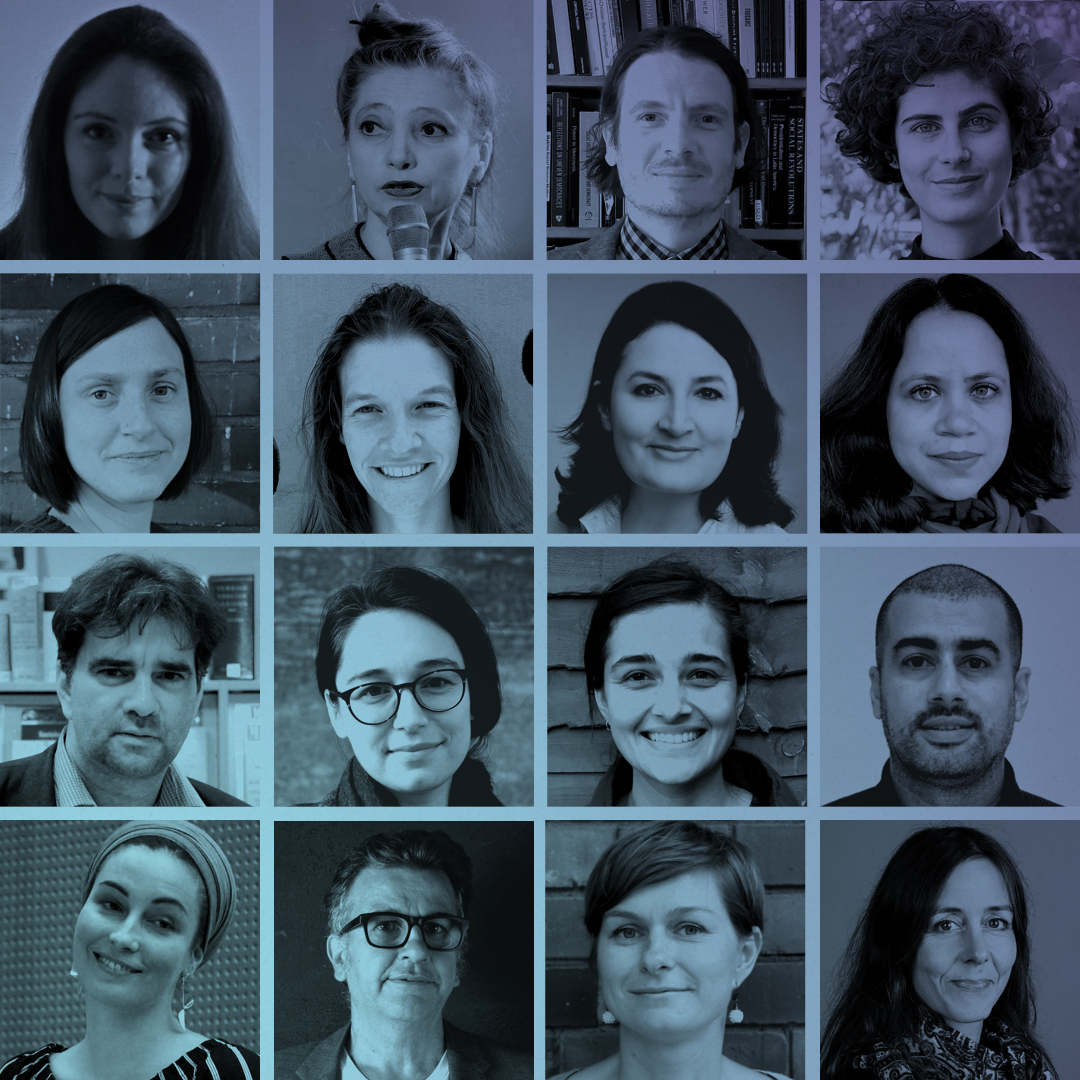
What interests me about 'Living Together' is how this term can be understood is so many different ways; highlighting the importance of context sensitivity in its interpretation and study. In the context of my regional specialisation and research focus, 'Living Together' is embodied in smalltalk in the corridors of the Ismaili Centre, daily prayers in the Jamatkhana, classroom discussions in the Aga Khan Humanities Project, and so much more.
Currently, I am writing a working paper on multilingualism in the Ismaili Centre in Dushanbe, Tajikistan. The paper, which is based on fieldwork for my MA thesis in Dushanbe, looks closely at the Centre’s multilingual nature. Several languages are present in the Ismaili Centre: Tajik (the national, State language), Russian (the former language of inter-ethnic communication in the Soviet times), English (the global lingua franca, supported by the AKDN through education), and Shughni (the mother tongue of many Pamiri-Ismailis). As they make their way through the Centre, these languages and their speakers react to and interact with one another; being simultaneously connected and separated. In turn, these languages, speakers, and the Ismaili Centre as space make-up part of shifting configurations in which various lifeworlds come into contact with each other. These lifeworlds (Jackson 2012) can therefore be understood as the various connections and interactions between, but not limited to, the speaker (emotional), the written (material), the spoken (sonic), and other lifeworlds. Using a combination of Linguistic Landscapes (LLS), soundscapes, and existential anthropology, the paper makes an argument for the study of multilingual lifeworlds as a lens for investigating living together.




